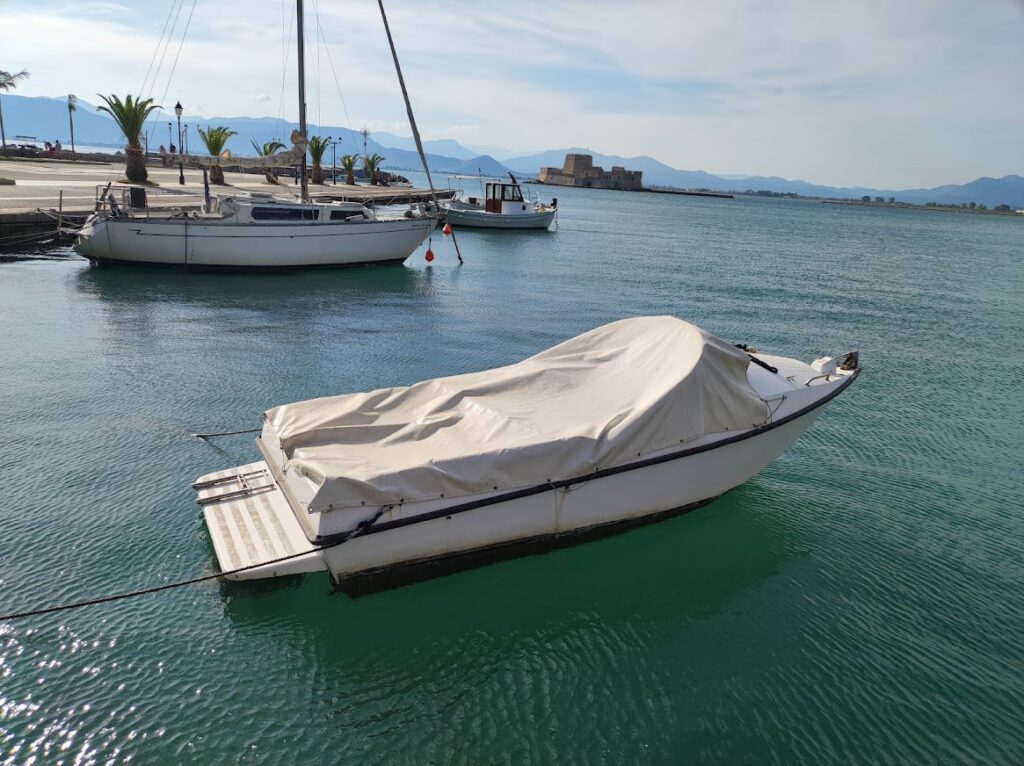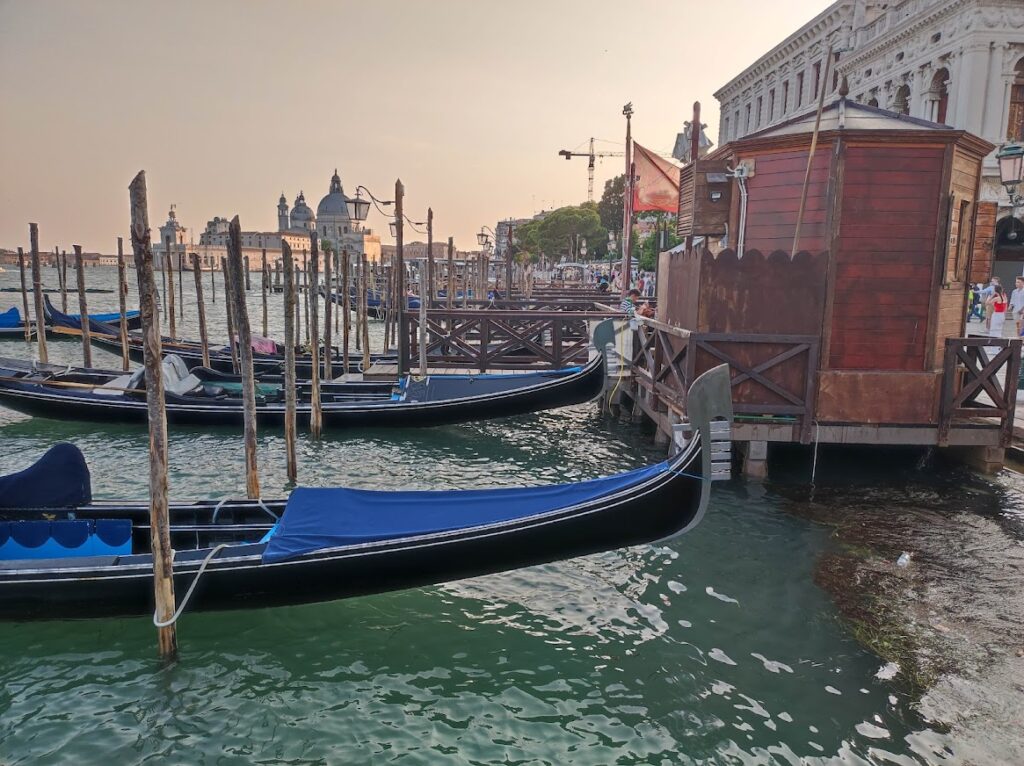What are your needs?



Boat covers are protective coverings designed to shield boats from various environmental elements, such as rain, snow, sun, dust, and debris. They are essential for maintaining a boat’s appearance and extending its lifespan by preventing damage caused by prolonged exposure to the elements.
Boat covers come in a variety of shapes, sizes, and materials to suit different types of boats and storage situations. Some common types of boat covers include:
- Mooring Covers: These covers are used when a boat is moored (anchored or tied to a dock) to protect it from rain, debris, and sun exposure.
- Trailerable Covers: Designed for boats that are transported on trailers, these covers are built to withstand wind resistance during towing and provide protection while the boat is stored on the trailer.
- Custom-Fit Covers: These covers are tailored to fit specific boat models, ensuring a snug and secure fit. They offer optimal protection and are less likely to flap in the wind.
- Universal Covers: These covers are more generic in design and are meant to fit a range of boat sizes and shapes. While they may not offer the same tailored fit as custom covers, they are often more affordable and versatile.
- Bimini Tops: While not exactly covers, bimini tops are shade structures that can be attached to boats to provide protection from the sun. They typically consist of a collapsible frame and a fabric canopy.
When choosing a boat cover, consider the following factors:
- Boat Type and Size: Ensure you select a cover that is appropriate for the size and type of boat you own.
- Material: Boat covers are made from various materials such as polyester, canvas, acrylic, and more. Choose a material that offers the right balance of durability, water resistance, and breathability.
- Water Resistance: Look for covers with good water resistance to prevent rain and moisture from seeping through.
- UV Protection: UV-resistant materials help shield your boat from sun damage, which can cause fading and deterioration of surfaces.
- Fit: A well-fitted cover will provide better protection and prevent wind from getting underneath and causing the cover to flap.
- Ventilation: Covers with vents or breathable panels help prevent the growth of mold and mildew by allowing air circulation.
- Straps and Tie-Downs: Secure fastening mechanisms like straps, buckles, and tie-downs are important for keeping the cover in place, especially during strong winds.
- Storage: Some covers come with storage bags for easy stowing when not in use.
Proper maintenance and cleaning of your boat cover will also extend its lifespan and effectiveness. Regularly removing debris and cleaning the cover can prevent mold and mildew growth.
Ultimately, choosing the right boat cover depends on your specific needs, budget, and the conditions your boat will be exposed to. It’s important to invest in a quality cover that will effectively protect your boat and help preserve its value over time.
